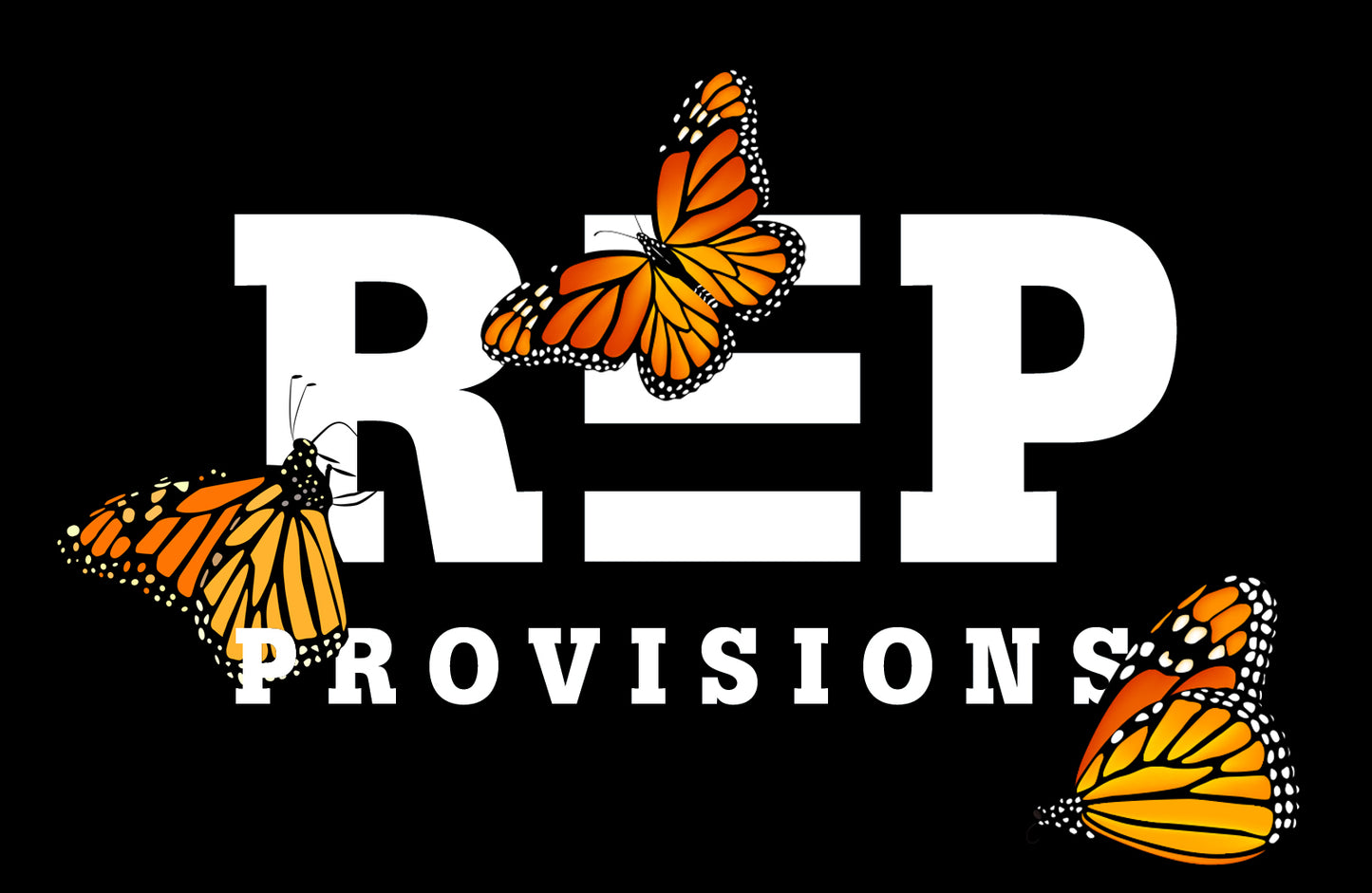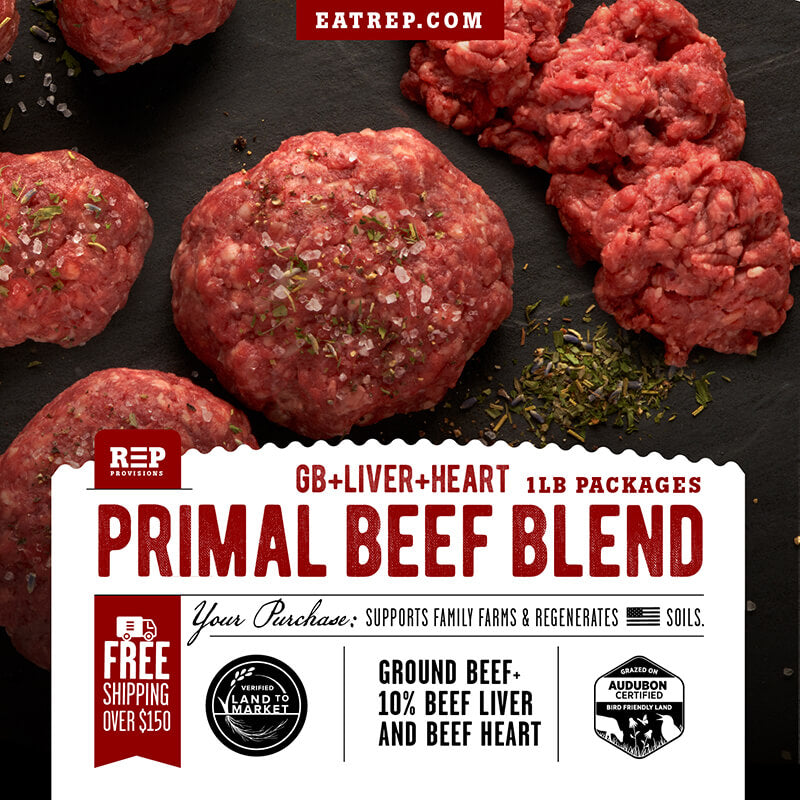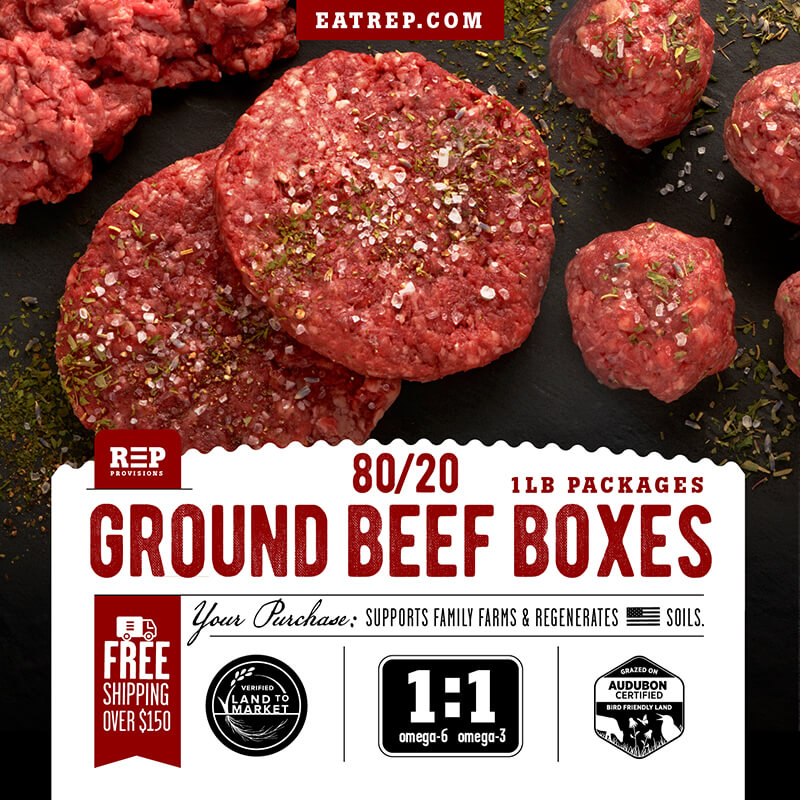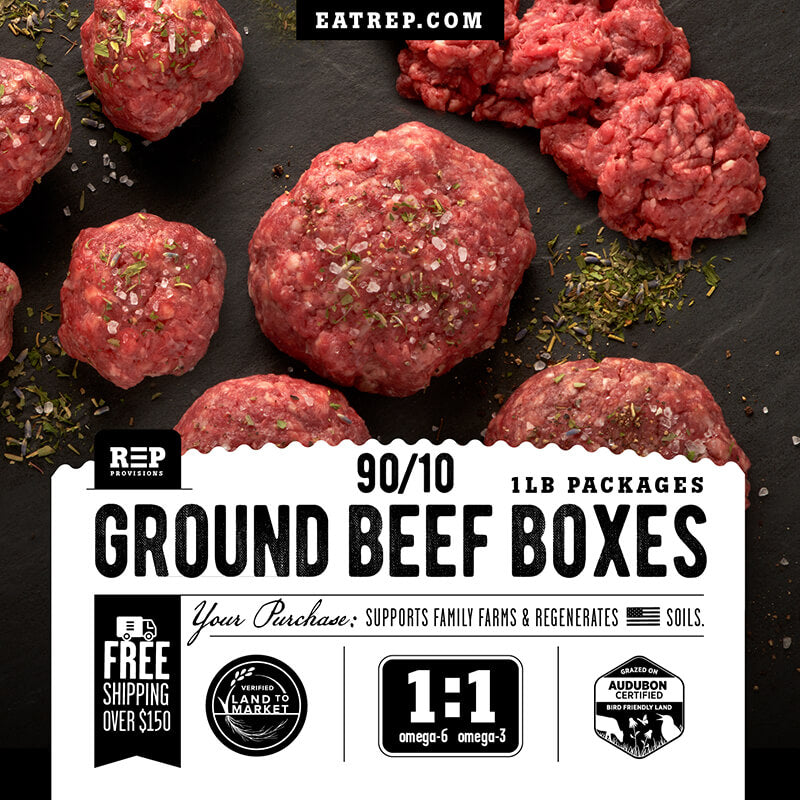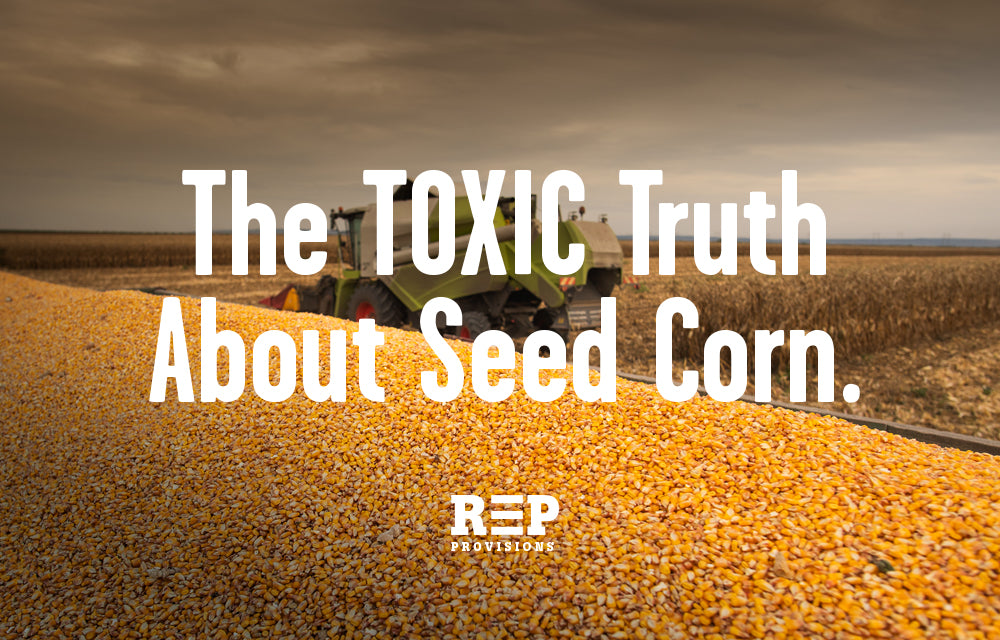
In the modern agricultural landscape, seed corn has become synonymous with efficiency, resilience, and mass production. But beneath its veneer of agricultural innovation lies a dark truth: the toxic effects of genetically modified (GM) seed corn. The very seeds designed to grow our food are becoming a hazard not just to our environment but to human health and the delicate balance of ecosystems.
Genetically Modified Seeds: Coated in Danger
At the heart of the issue is the genetic modification of seed corn, which is often hailed as a breakthrough in crop production. These seeds are engineered to resist pests and diseases, ensuring higher yields and more reliable harvests. However, to enhance their pest resistance, these seeds are coated with potent pesticides before they even hit the soil.
The pesticide coating is designed to kill pests as the corn grows, reducing the need for additional chemical applications. While this may seem like a step forward in reducing pesticide use, it introduces a new problem: the seeds themselves become dangerously toxic.
A Threat to Humans and Pollinators
The toxicity of these coated seeds extends far beyond the pests they are intended to target. Studies have shown that the chemicals used in these coatings can have severe health implications for humans who come into contact with them. Farmers and agricultural workers are at the front line of exposure, but the risks do not end there.
When these seeds are planted, they can affect the soil and surrounding environment, posing a threat to pollinators like bees, which are crucial for the health of our ecosystems and the pollination of many crops. The decline in bee populations is already a significant concern, and the introduction of toxic seed corn only exacerbates this issue.
The Problem of Excess Seed Corn
The agricultural industry is no stranger to overproduction, and seed corn is no exception. To ensure they meet the diverse needs of farmers, companies produce far more seed corn than is needed for any given season. The variability in weather patterns and growing conditions means that different seed varieties may be required, leading to an overabundance of certain types.
This overproduction creates a staggering amount of excess seed corn that cannot be used. The question then arises: what happens to this surplus? The answer is alarming.
Disposal Dilemma: Too Toxic for Landfills
Traditionally, excess seed corn was disposed of in landfills. However, the toxic nature of the seeds has reached such a level that many landfills are refusing to accept them. The chemicals present in the seed coatings are too hazardous, leading to the need for a different method of disposal: incineration.
One company has taken on the task of incinerating this toxic waste, burning more than 18 tons per hour, 24 hours a day, 365 days a year. This relentless incineration process is a stark reminder of the toxicity of seed corn—a crop so hazardous that it cannot be safely buried in a landfill, yet it is somehow deemed safe to plant on our fields and, ultimately, consume.
A Dangerous Double Standard
The contradiction is glaring: if seed corn is too toxic for our landfills, how can it be safe for our farmlands? How can a crop so dangerous that it requires incineration for disposal be considered appropriate for human consumption and animal feed?
This situation raises critical questions about the long-term impact of GM crops and the practices surrounding their production and disposal. It challenges the notion that technological advancements in agriculture are always in the best interest of public health and environmental sustainability.
Rethinking Our Approach
As we continue to push the boundaries of agricultural science, it's crucial to consider the broader implications of our choices. The toxic effects of seed corn highlight the need for greater scrutiny of genetically modified crops and the chemicals used in their production.
It's time to rethink our approach to farming, placing a higher value on the health of our environment, the well-being of our pollinators, and the safety of the food we grow and consume. The future of agriculture should be one that nourishes and sustains, not one that endangers and pollutes.
The next time we see a field of corn, we must remember the hidden dangers beneath the surface—and ask ourselves if this is truly the best we can do for our planet and future generations.
Our Beef & Pork is 100% Corn Free. Our Chickens only gets corn during the first week of life (kind of like baby formula for the chics). Once they figure out how to hunt bugs they no longer need the corn.
